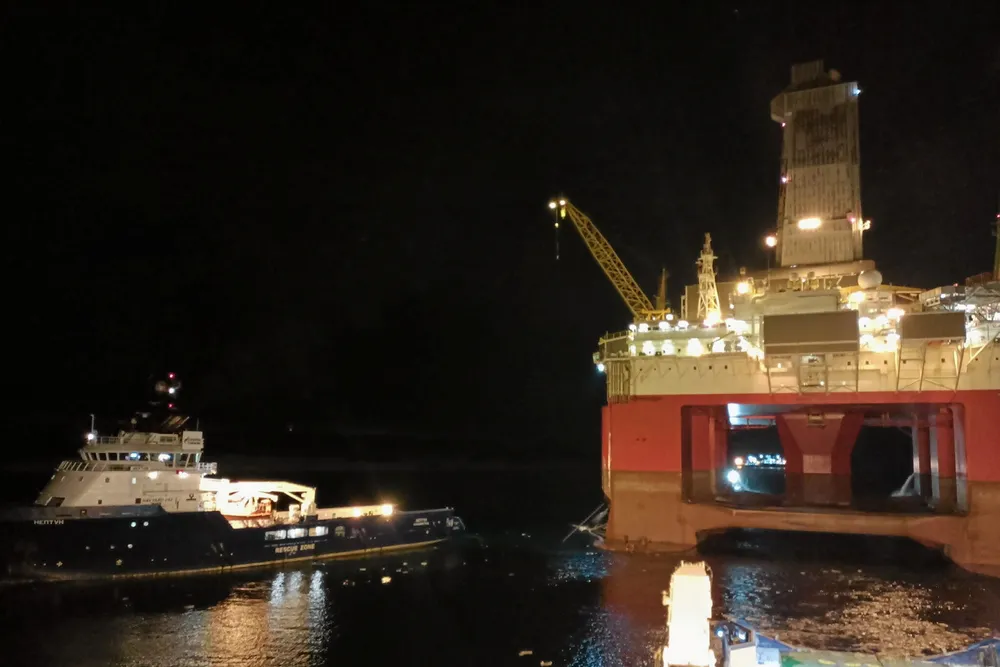Russia’s Gazprom cheers Arctic double drilling success
Assignments in Kara Sea and Barents Sea were completed in short summer window using a single semi-submersible drilling rig

Assignments in Kara Sea and Barents Sea were completed in short summer window using a single semi-submersible drilling rig
